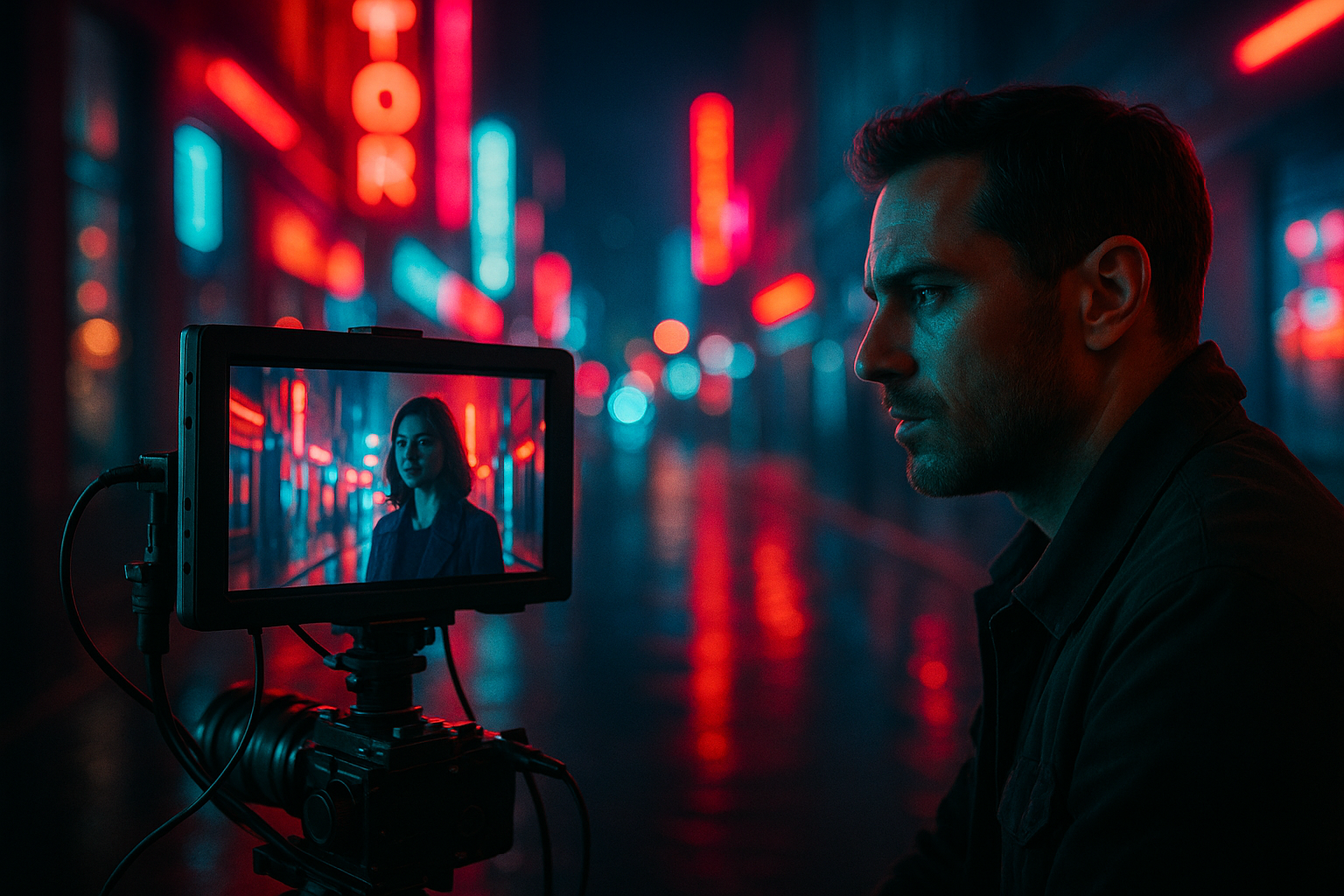The Thrilling Journey of Automotive Paint: From Monochrome to Technicolor
The world of automobiles has always been an exciting one, filled with groundbreaking technologies, thrilling speeds, and intricate engineering. But among all the advancements in performance and design, there's one vital element that often gets overlooked: the evolution of automotive paint. This colorfully captivating journey, from monochrome to technicolor, has played an instrumental role in shaping the visual identity of cars today.

The Early Days: A Monochrome Era
The story of automotive paint begins in the early 1900s when automobiles were considered a luxury item. The first mass-produced cars were coated in a varnish-like substance, which was only available in one color: black. This wasn’t due to a lack of imagination or aesthetic preference but rather a practical decision. The paint used, known as Japan Black, was chosen for its quick-drying capabilities, enabling the speedy production of cars. For many years, black was the only color option for motorists.
The Revolution of Colors: From Single to Multiple Choices
As the automobile industry evolved, so did the demand for variety and personalization. This led to the introduction of nitrocellulose lacquers in the 1920s, which brought a splash of color to the previously monochrome landscape. For the first time, car owners could choose from a range of hues, signaling a new era of automotive personalization. This was a game-changer, transforming cars from mere transportation devices into symbols of individual identity.
The Technicolor Transition: The Introduction of Metallic and Pearl Paint
The post-war era saw the introduction of metallic and pearl paint finishes, adding another layer of sophistication to automotive aesthetics. Metallic paint, with its tiny metal flakes, creates a sparkling effect, while pearl paint uses mica particles to provide a deep, iridescent shine. These finishes not only enhanced the visual appeal of cars but also offered improved durability and resistance to environmental factors.
The Modern Palette: Advanced Paint Technologies and Customization
Fast forward to today, and the world of automotive paint is a kaleidoscope of possibilities. From candy colors and matte finishes to chameleon paints that change color based on viewing angle, there’s no shortage of options for car enthusiasts. Advances in technology have also led to the development of environmentally friendly water-based paints and self-healing coatings that can repair minor scratches.
The Art of Color: Beyond Aesthetics
The evolution of automotive paint goes beyond aesthetics. Color can also influence a car’s performance, safety, and even its resale value. Light colors, for example, can help keep a car cooler in hot climates, while bright and reflective colors can enhance visibility on the road. On the resale market, conventional colors like black, silver, and white often retain value better than more unusual shades.
From the single-hued beginnings to the technicolor landscape of today, the evolution of automotive paint is a fascinating journey. It’s a testament to how the automobile industry continuously adapts and innovates, not just under the hood but also on the surface. And with ongoing advancements in paint technology, it’s clear that the future will be every bit as colorful and exciting as the past.






